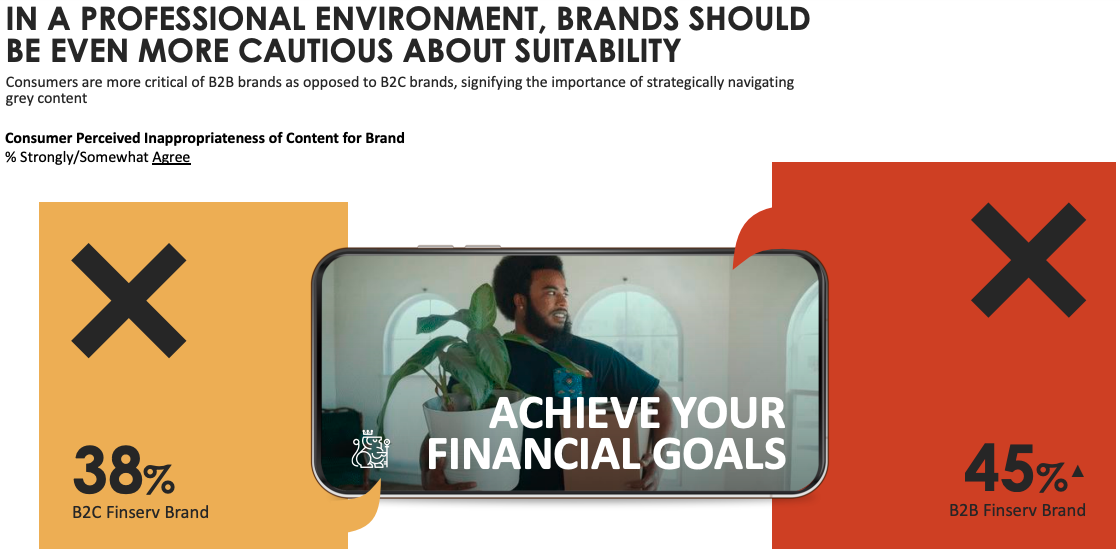Magna Trial Finds Consumers Hold Brands Responsible When Ads Don't Align With Content
- by Joe Mandese @mp_joemandese, January 23, 2023

The brand safety of advertising content adjacencies is far from a new issue for the ad industry, but a new study by IPG Mediabrands Magna unit and contextual analytics firm Channel Factory takes a consumer perspective and finds that the “misalignment” of an ad with its surrounding content can be a real turnoff, especially among younger adult consumers and especially for content
The study -- billed as one of Magna’s “media trials” -- recruited 5,845 persons from the U.S., U.K. and Australia to research how the alignment of ads by various brands, placed in various content, impacted various KPIs (key performance indicators).
Ads from brands in the apparel, beverage, financial services, quick-serve restaurants, technology and toy categories were analyzed in content spanning automotive, entertainment, gaming and sports.
advertisement
advertisement
When ads for brands were not properly aligned with the content respondents were viewing them in -- a phenomenon researchers described as “grey areas” -- performance metrics such as “purchase intent” declined, and consumers held brands “accountable” for the misalignment.
“Ad environments that fall into grey areas require careful judgment calls be made by brands and their agencies,” stated Joshua Lowcock, global chief media officer at IPG Mediabrands’ UM unit, adding: “There isn’t always a one-size fits-all solution as misaligned content for one brand could be a smart, under-leveraged opportunity for another. Put differently, what’s right for one brand isn’t always right for another.”
The study found negative effects were most pronounced for Gen Z adults and Millennials, as well as for B2B brands targeting industry professionals.
This research follows a 2021 study conducted by Magna and Channel factory that characterized the misalignment of content in the “Wild West of Video.”



